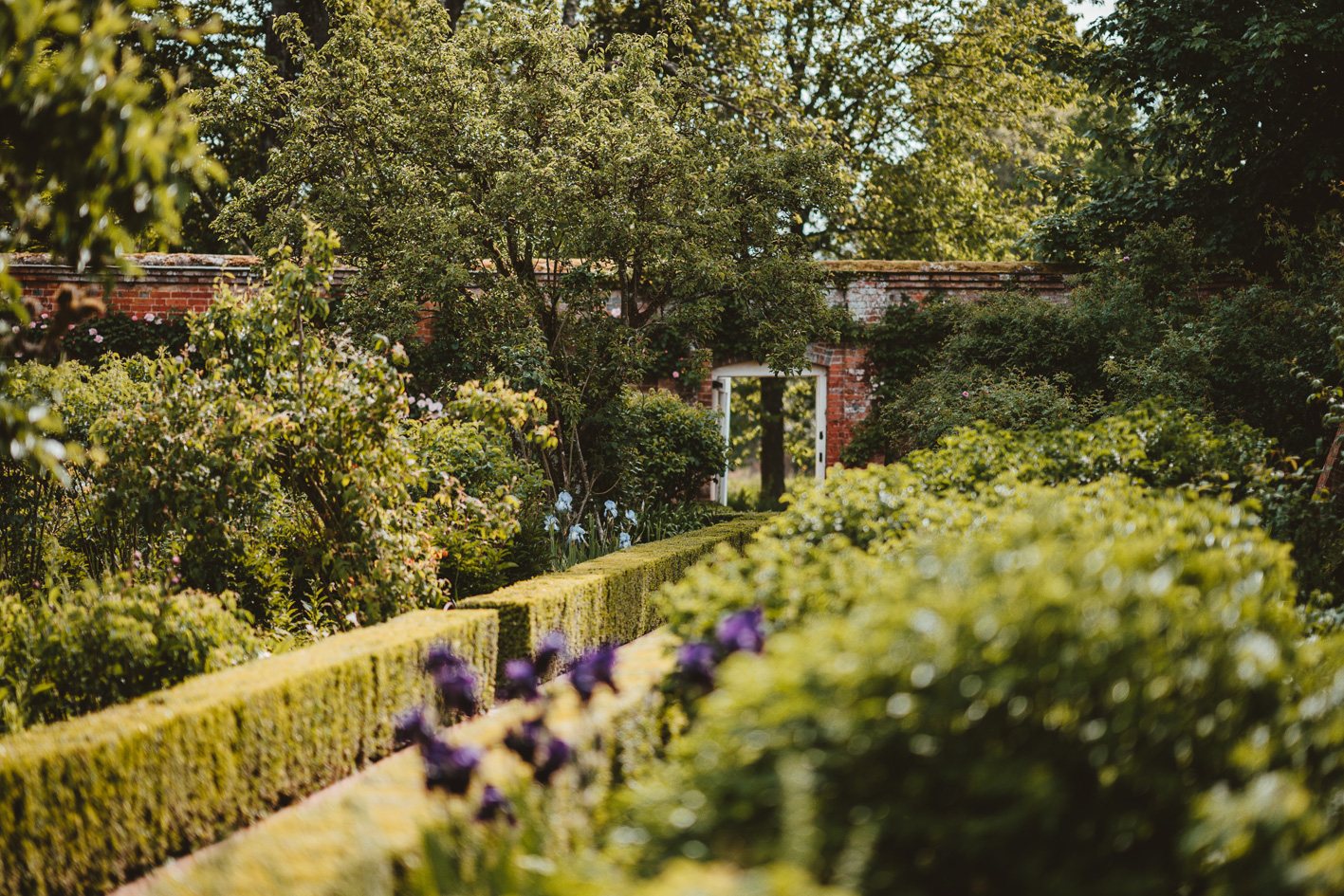Trees are wonderful for the environment. They not only look beautiful, they also help to combat climate change. Trees remove carbon dioxide from the air and store the carbon in their trunks, roots, leaves and surrounding soil. A fully grown tree can absorb around 21kg of carbon dioxide (CO2) a year.
Trees can also help to reduce the damaging effects of climate change. For instance, a tree can reduce water getting to the ground during a torrential downpour and take in groundwater after heavy rainfall. Trees also are valuable in providing cooling shade in hot weather and can shelter a garden from cold winds in winter. Trees help to prevent soil erosion and improve air quality too. A tree canopy acts like a filter, trapping dust and absorbing airborne pollutants.
When you plant a tree, you also help wildlife and nature to thrive by providing habitats and food for birds, insects and animals.
We believe every garden should have a tree to help tackle the climate crisis and help mitigate nature loss. And trees are often the point at which birds will enter a garden.
What are the best trees to plant in your garden?
With gardens in Berkshire and Buckinghamshire predicted to experience hotter, drier summers and wetter winters, it will be important to select trees which can withstand drought and flooding.
Long-living native trees such as maple and oak are effective at storing carbon, but these can grow very large. Knowing the eventual height and spread of a tree is important as trees can cause structural damage.
Medium-sized native tree options include Hawthorn, Holly and Elder, which are known to have a fast carbon absorption rate and are particularly beneficial to wildlife.
For smaller gardens, we might choose native trees such as Crab Apple and Hazel, which provide year-round interest. Crab apple can tolerate full sun and is partial to dryness, which makes it an excellent choice to endure droughts. Crab apples also provide nectar-rich spring blossom for bees, as well as fruit for birds in autumn. Hazel has catkins in spring and late summer nuts, which are enjoyed by people, squirrels and dormice.
For an evergreen conifer, consider the Common Juniper which is a conifer native to Britain. It’s very hardy and the dense branches cast shade in hot weather and provide nesting spots for small birds.
We also plant many non-native trees which may lack some of the UK specific wildlife value but will still attract many species of wildlife and remain valuable to our ecosystem. We can advise on the huge range of varieties available.
Artscape eco-friendly garden design and landscaping
Whatever the size or aspect of your garden, and whether you want pleached trees to provide privacy and shelter or an orchard for seasonal fruit, our Artscape horticultural team can source and plant the best trees for your situation. For more information on our eco-friendly garden design and landscaping, please contact us today.
Photo by Annie Spratt on Unsplash





